Export quickly changes from quantity to quality for sustainable growth
| Restoration efforts help promote sustainable growth for fisheries sector | |
| What makes a record of more than US$600 billion of import and export | |
| Green finance promotes Việt Nam’s sustainable growth |
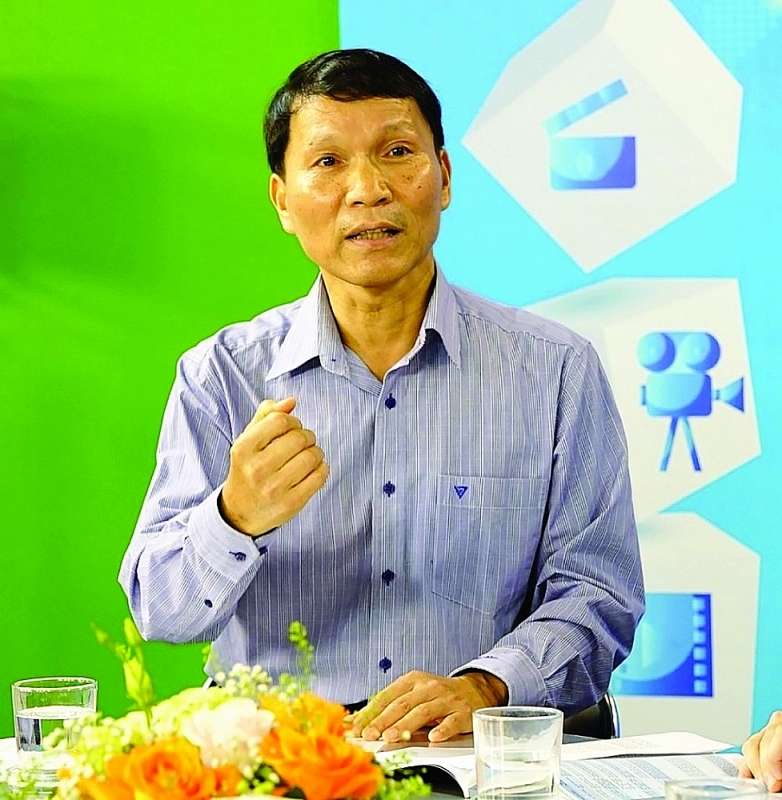 |
| Economist Le Quoc Phuong, former Deputy Director of the Center for Industry and Trade Information (Ministry of Industry and Trade). |
For a long time, Vietnam's exports recorded impressive growth. In the first seven months of 2022, exports were estimated at US$216.35 billion, up 16.1% over the same period last year. However, many say that the worrying thing is that Vietnam's exports are unsustainable. What is your view on this matter?
Before the reform and renovation, our country's exports were very small, but since the renovation with many government policies on liberalization for trade and international integration, Vietnam's exports have made leaps and bounds.
It can be assessed that Vietnam is one of the world's export powers, with the 24th ranking in terms of world exports out of 240 economies. Even in the context of Covid-19, in 2021, export turnover will still reach US$336 billion, which is a very large number. Export is now an important growth engine of Vietnam's economy.
During the pandemic, exports still increased by double digits; a growth rate among the highest in the world. Besides, the structure of Vietnam's import-export goods has changed in a positive direction. Previously, Vietnam mainly exported agriculture, forestry, fishery and raw materials. Currently, Vietnam exports up to 86% of processed and manufactured industrial goods; only about 14% are minerals and agriculture, forestry and fishery.
Vietnam has also become one of the world's leading exporting countries with many products such as rice, coffee, textiles, footwear, aquatic products, wooden furniture, etc.
However, besides the achieved results, Vietnam's exports are not really sustainable, growing mainly in quantity. Although export turnover is high, the added value is very low.
Compared to countries in ASEAN such as Thailand, Singapore and Indonesia, the added value of Vietnam is much lower. In addition, the structure of export goods changed strongly, but mainly processed industrial goods, manufacturing, processing and assembly, and raw materials.
This shows that Vietnam is still very dependent on FDI enterprises. Domestic enterprises still have a very large trade deficit.
The world economic-political situation has complicated and unpredictable developments, directly affecting the Vietnamese economy. In your opinion, what are the challenges that Vietnam's exports will face in the future?
From now until the end of 2022, Vietnam's economy still has many great difficulties to face, including import-export activities. Recently, a series of events occurred that made the world economy in general face many difficulties. For example, the Russian-Ukrainian conflict, the "Zero Covid" policy in China caused world prices, especially fuel, gasoline, and food prices to be affected, and Vietnam was also affected and cannot avoid that circle of influence.
In 2022, many countries are on the verge of recession, inflation in many countries and regions is unprecedented in the past 30-40 years.
To fight inflation, economies are forced to raise interest rates, leading to further economic decline. In the future, it is likely that many economies will be severely weakened.
This poses great challenges to input costs such as raw material prices, logistics prices increasing sharply, and affecting export enterprises.
The signing and implementation of a series of Free Trade Agreements (FTAs) has been recognized as an important driving force to help exports reduce difficulties during the pandemic. However, in the opposite direction, in your opinion, what are the challenges that export enterprises face in the process of taking advantage of FTAs?
Vietnam is one of the leading active countries in the ASEAN region in terms of signing FTAs, after Singapore. Currently, Vietnam has 15 FTAs in implementation, including many high-quality FTAs covering many major economies of the world.
Besides opening up opportunities to promote exports, FTAs also pose challenges, creating great competitive pressure for enterprises both in the "home field" and in the world while the potential and competitiveness of enterprises are limited.
FTAs set many high standards on technical barriers for enterprises. Accordingly, domestic enterprises must accept and meet new standards to be able to participate in these "playgrounds". Specifically, agricultural products must meet regulations, requirements on food safety, or rules of origin in the field of textiles. Textile products must also meet environmental standards such as being recyclable, reusable, etc.
In addition, FTAs also set standards on labor issues such as no child labor, no forced labor, while somewhere in Vietnamese enterprises there is still child labor.
All of these make the cost of businesses increase, and investment increases. However, this is also an opportunity for enterprises to grow, mature and improve their competitiveness against foreign enterprises. Enterprises must have a development strategy, turning challenges into opportunities to increase exports.
What is the fundamental and feasible solution to help Vietnam's export activities grow more sustainably in the near future?
To promote export growth in a sustainable way, it is important for the State to have policies to encourage and ensure implementation so that exports can shift from increasing in quantity to increasing in quality, increasing the localization rate and raising added value.
To do so, the first factor is to develop supporting industries to make good use of the incentives of FTAs. In addition, it is necessary to improve the competitiveness of Vietnamese enterprises how to make them equal to FDI enterprises in many fields. In addition, it is also necessary to promote administrative reform, reduce costs and time for businesses, help businesses focus on production and business; promote human resource development.
On the business side, it is necessary to make good use of the support measures of the state; have an appropriate development strategy when Vietnam is deeply participating in the world economy; the businesses need to innovate, reduce product costs, digital transformation, innovate technological process and human resources.
In general, in order to aim at sustainable export, to meet the requirements of FTAs, solutions need to be implemented synchronously and in parallel both from the perspective of state management agencies and the business community.
Related News

Exchange rate risks need attention in near future
16:31 | 15/02/2025 Import-Export
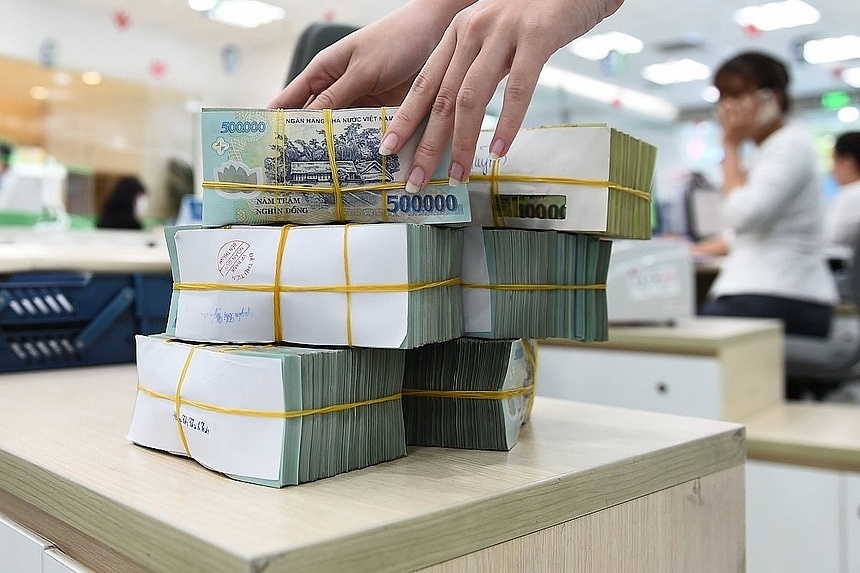
Outlook for lending rates in 2025?
15:20 | 31/12/2024 Finance
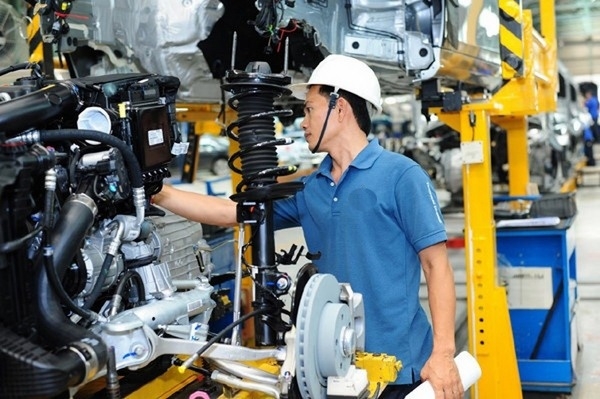
Industrial production maintains rapid and throughout bounceback
15:20 | 31/12/2024 Import-Export
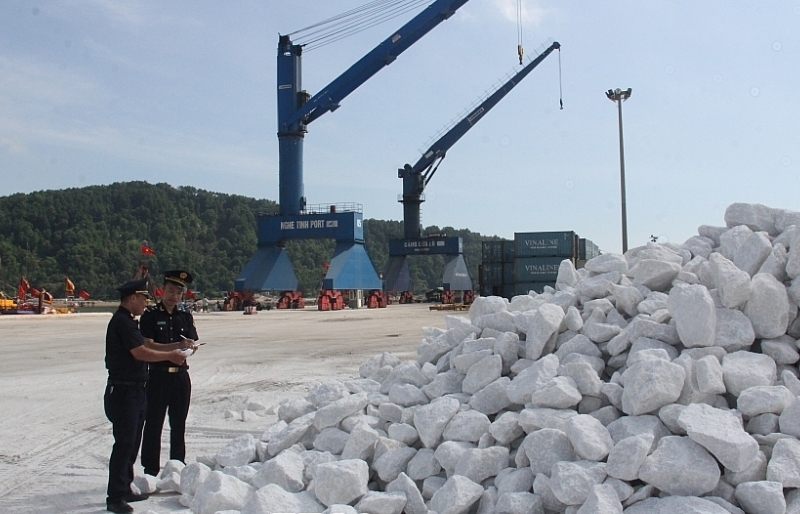
From January 1, 2025: 13 product codes increase export tax to 20%
14:23 | 29/12/2024 Regulations
Latest News

Embracing green exports: a pathway to enter global supply chains
10:33 | 20/02/2025 Import-Export
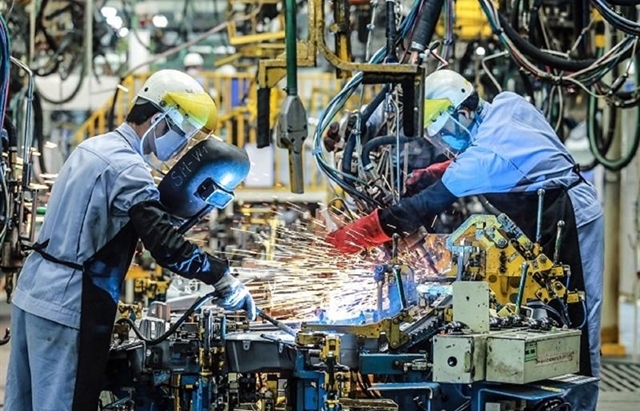
New policy proposed to prevent transfer pricing, tax evasion of FDI enterprises
10:32 | 20/02/2025 Import-Export
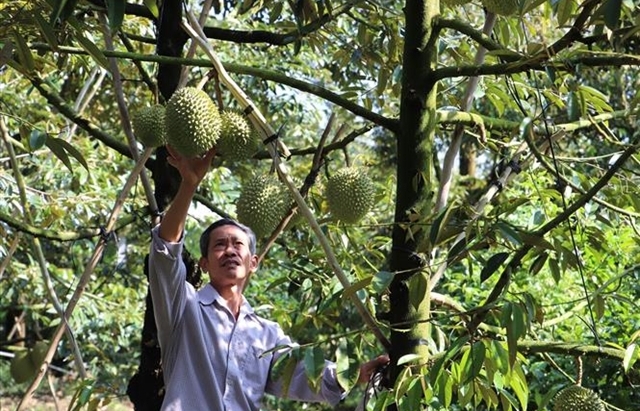
Việt Nam’s durian exports to China plummet by 80%
16:18 | 19/02/2025 Import-Export
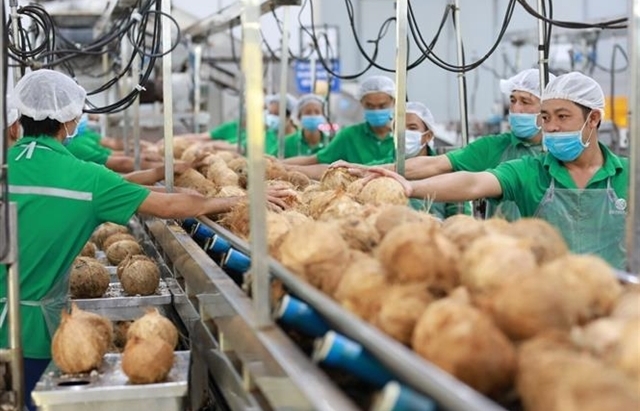
Coconut exports reach 14-year high
15:29 | 18/02/2025 Import-Export
More News

Shrimp exports grow in the first month of 2025
15:28 | 18/02/2025 Import-Export
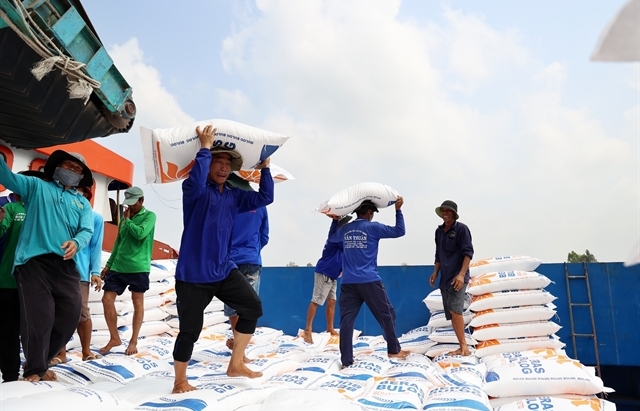
Rice export prices drop, but decline expected to be short-term
08:10 | 17/02/2025 Import-Export
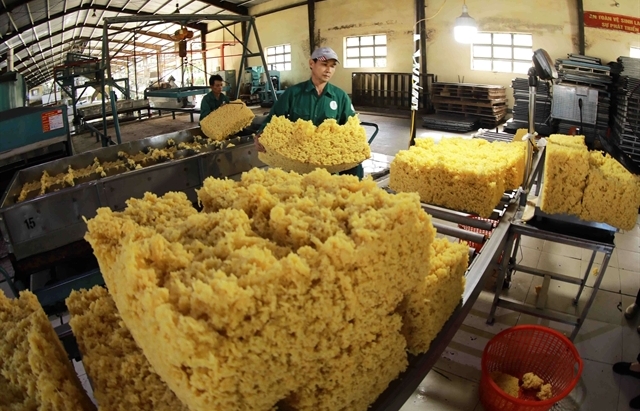
Key agro products expected to maintain export growth this year
08:08 | 17/02/2025 Import-Export
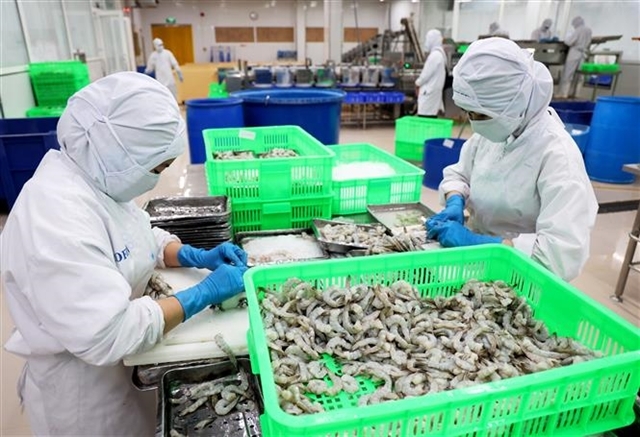
EU issues 12 warnings against Việt Nam’s food and agricultural exports
08:07 | 17/02/2025 Import-Export
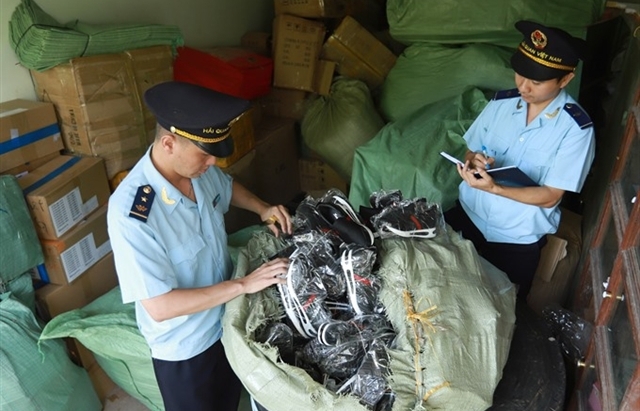
Việt Nam to impose VAT on low-value express-imported goods
08:06 | 17/02/2025 Import-Export
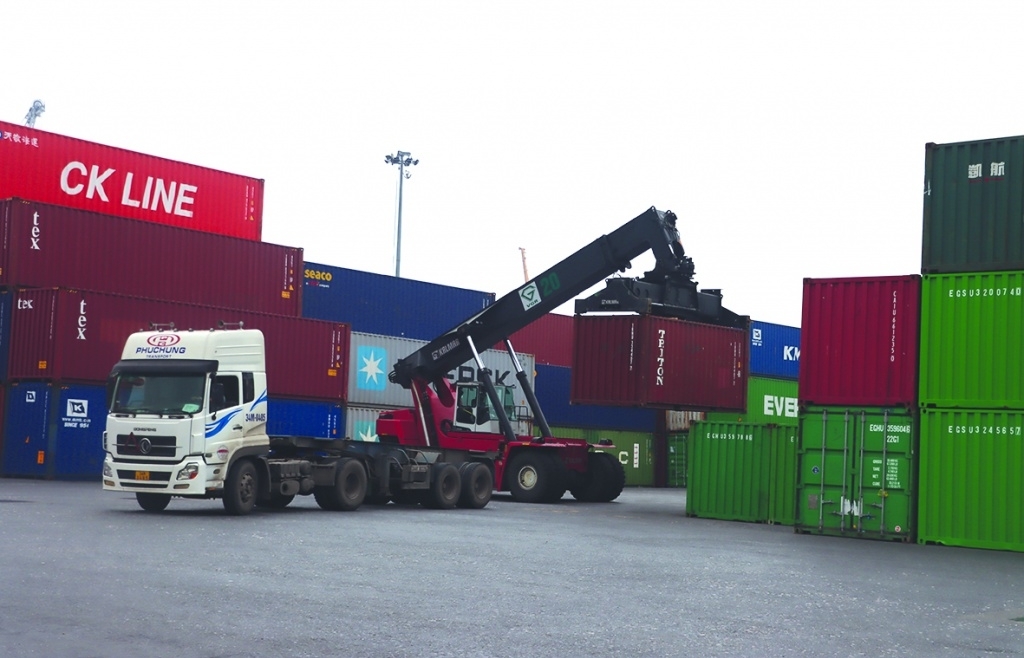
Vietnam kicked off the year with a strong start in trade, exceeding US$63 billion in the first month
16:30 | 15/02/2025 Import-Export
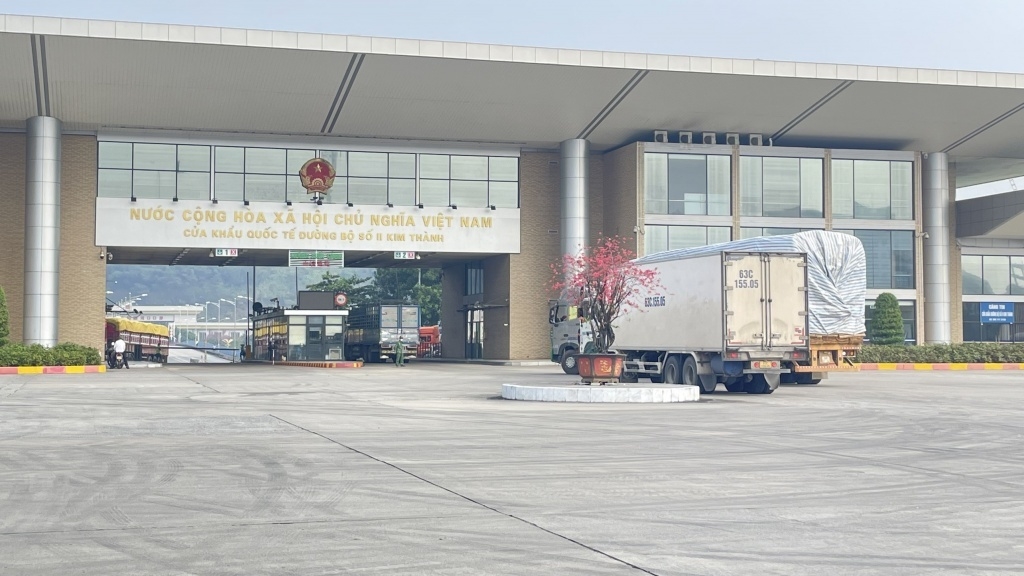
Import and export turnover reaches about US$29 billion in the second half of January 2025
14:52 | 14/02/2025 Import-Export

Market edges up slightly as liquidity remains low
14:48 | 14/02/2025 Import-Export

Business regulations must be trimmed for development of enterprises: Experts
14:46 | 14/02/2025 Import-Export
Your care
The system has not recorded your reading habits.
Please Login/Register so that the system can provide articles according to your reading needs.

Embracing green exports: a pathway to enter global supply chains
10:33 | 20/02/2025 Import-Export

New policy proposed to prevent transfer pricing, tax evasion of FDI enterprises
10:32 | 20/02/2025 Import-Export

Việt Nam’s durian exports to China plummet by 80%
16:18 | 19/02/2025 Import-Export

Coconut exports reach 14-year high
15:29 | 18/02/2025 Import-Export
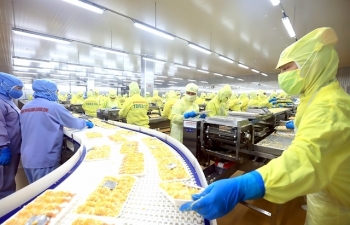
Shrimp exports grow in the first month of 2025
15:28 | 18/02/2025 Import-Export
